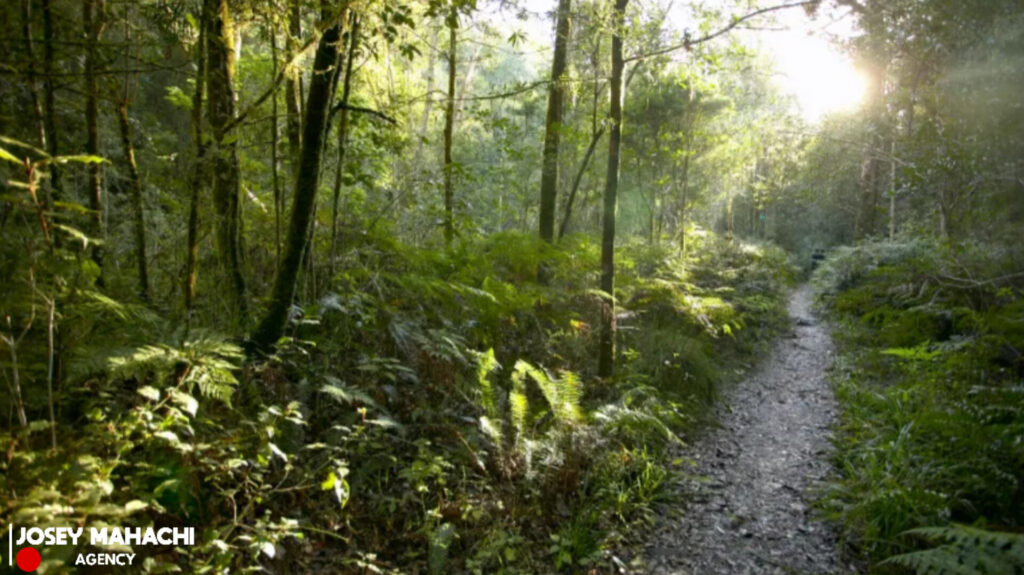By : Lloyd Mahachi
Deep within Africa’s Indigenous forests, a hidden world of biodiversity and carbon sinks remains largely unexplored. Despite covering only 9.1 percent of the continent, these forests are home to an estimated 80 percent of Africa’s terrestrial biodiversity. To uncover the secrets of this elusive world, researchers like Rudi Swart are venturing into the forest canopies, climbing trees to access the uncharted territory above.
Swart, a 33-year-old researcher, begins his day early, meeting his colleague Matthew Kingma, an experienced rock climber, in the South African town of George. Together, they drive to the Groenkop Forest parking area and embark on a 25-minute walk to the 17-meter Assegai tree, their destination for the day. The tree, with its small, off-white flowers, is the perfect spot for Swart to conduct his research. Before climbing, they must throw a rope with a weighted end over a suitable branch, a frustrating process that can take up to an hour.
Once the rope is in place, Swart attaches himself to it and begins his ascent, while Kingma waits below, ensuring his safety. The climb is physically demanding, but Swart has honed his skills over time, and can now reach the top of the tree in about 10 minutes. From his perch, he observes and records every creature that visits the flowers, taking note of the different species and collecting samples. He also records temperature and wind speed readings, using a portable anemometer.
Swart’s research is part of a larger effort to understand the secret world of Africa’s forest canopies. Despite their importance, these ecosystems remain poorly understood, with many species still undescribed. Swart’s findings have already shed new light on the diversity of life in the forest canopy. During his 36 climbs, he recorded 105 different insects and invertebrates, including two new hoverfly species that have been formally described. However, the process of identifying new species is time-consuming and expensive, and it is estimated that only 10-20 percent of insects have been described globally.
The forest canopy is a unique and fascinating environment, full of life and activity. As Swart notes, “When you walk through a forest, it’s dark and cool and you don’t see that much life. But up in the canopy, it’s a completely different story. It’s bright and sunny and completely alive.” By exploring this hidden world, researchers like Swart are gaining a deeper understanding of the complex ecosystems that exist within Africa’s Indigenous forests. Their work has important implications for conservation and our understanding of the natural world.
The significance of Africa’s forest canopies extends beyond their biodiversity. These ecosystems also play a critical role in regulating the climate, serving as important carbon sinks. As the world grapples with the challenges of climate change, we must prioritize the conservation and protection of these vital ecosystems. By supporting research and conservation efforts, we can work to preserve the delicate balance of Africa’s forest canopies and ensure the long-term health of our planet.
The secret world of Africa’s forest canopies is a treasure trove of biodiversity and discovery, waiting to be uncovered. Through the work of researchers like Rudi Swart, we are gaining a deeper understanding of these complex ecosystems and the importance of preserving them. As we move forward, we must prioritize the conservation and protection of Africa’s Indigenous forests, recognizing the critical role they play in regulating the climate and supporting life on Earth.
Editor : Josephine Mahachi

